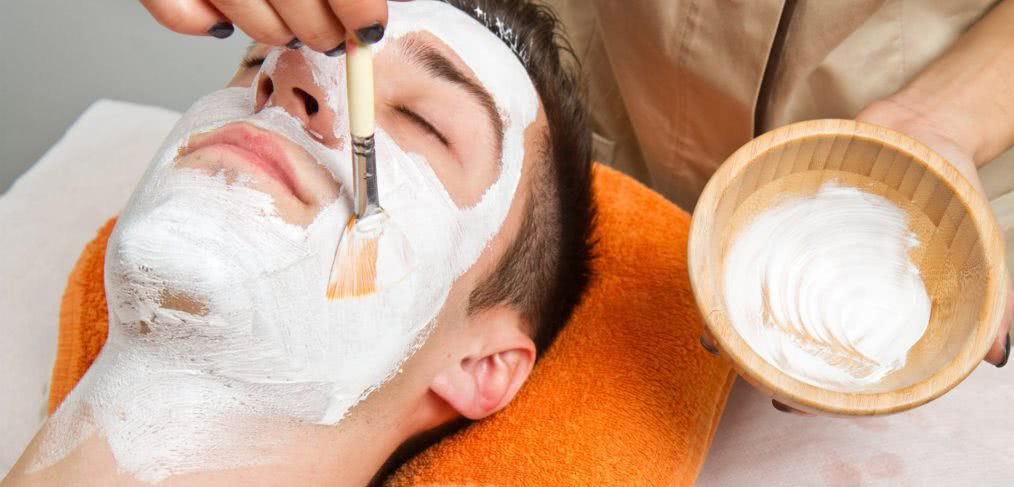
Shopping Makes the Man: How men’s stores are influencing the entire retail sector
CallisonRTKL retail expert Ron Singler discusses the shift taking place in men’s retail
Most major retailers have women on the brain. It makes perfect sense—women make 85% of consumer purchases in the United States. It makes so much sense, in fact, that in the business of retail, consumers get the pronoun “she” when describing trends and shopping patterns.
But in this age of intense competition for market share and brand recognition, retailers can’t afford to ignore half the population. The “men hate shopping” trope is one of the oldest in the book, but is it true anymore? Do Millennial and Gen Z guys hate shopping as much as their grandfathers or are they branching out?
In my experience, men’s retail is undergoing something of a renaissance, typified by the Nordstrom Men’s Store opening in Manhattan this month.
In fact, the growth in men’s retail worldwide is projected to outpace women’s retail by 2020. And there are some truly inspiring trends for designers.
For one thing, the old rules are gone. Hyper-masculine designs and products are out, as are ultra-feminine trends for women, who are experimenting with menswear trends. If you’re above a certain age, the famous CK1 ads that promoted a unisex fragrance and an androgynous look may spring to mind.
That idea is back but in a deeper way. Gender as a concept is starting to move to the fringe, with Generation Z (today’s teenagers and early 20-somethings) largely rejecting the traditional binary, even when shopping—less than half (44 percent) said they always buy clothes designed for their own gender and 56 percent say they know someone who goes by gender-neutral pronouns (for context, those numbers for Millennials are 54 percent and 43 percent, respectively) (Source: JWT Intelligence).
The idea of appealing to everyone is just good business: 40 percent of men are dressed by someone else, typically a significant other (or, for 10 percent of Millennials, their moms) (Source: Ogilvy). Having comfortable chairs, glasses of champagne and a chance to browse womenswear go a long way to making these confidantes feel at home, while increasing sales opportunities.
Skin is In
One, perhaps unexpected, way that men’s retail is changing is that it’s not just about clothes anymore. Men’s skincare is booming, with the global male grooming market projected to be worth an estimated $29.1 billion by 2024 (Source: Euromonitor).
The boom is especially pronounced in Asian markets, with South Korean men spending more on skincare per person than men anywhere else in the world, but the trend is taking hold across the U.S. and Europe as well.
Since this trend challenges ingrained stereotypes, many brands are treading lightly, starting with elite shaving products. At the same time, hyper-masculine design, packaging and messaging are decidedly passé.
Men are getting much more comfortable talking about wellness and looking good. We’ll likely see many more in-store men’s skincare and wellness opportunities, as men’s cosmetics make their way into the mainstream.
The Wellness Factor
Men’s beauty, including concealer, makeup and spa products, is definitely growing, but that may be too extreme for a lot of men.
There’s a side of this trend that is all about turning traditional gender norms on their ear and then there’s the other side, where men are just starting to get more comfortable talking about self-care, wellness and wanting to look good.
Men’s spas, salons and barber shops are cottoning on. Hammer and Nails “Grooming Shop for Guys” gets men thinking about their hands and feet as an indicator of overall health, with the founder quoted saying that he’s had customers coming back and thanking him for helping them spot that they had diabetes.
Other male-dominated spas are popping up as well, like the Shay’s Lounge and Living Fresh in the United States, providing downtime in a luxury setting with facials and pedicures. In the UK, 47% of men have been to a spa or salon in the last year, and more than three-quarters of those said that it improved their mental well-being (Source: Mintel).
Design for Everyone
For retailers who want to branch out with stand-alone men’s stores and lines, there couldn’t be a better time; half the population is getting more interested in a social, enriched shopping experience. Whether it’s a flagship store or a capsule fashion line, making that experience easy and delightful will set retailers apart.
